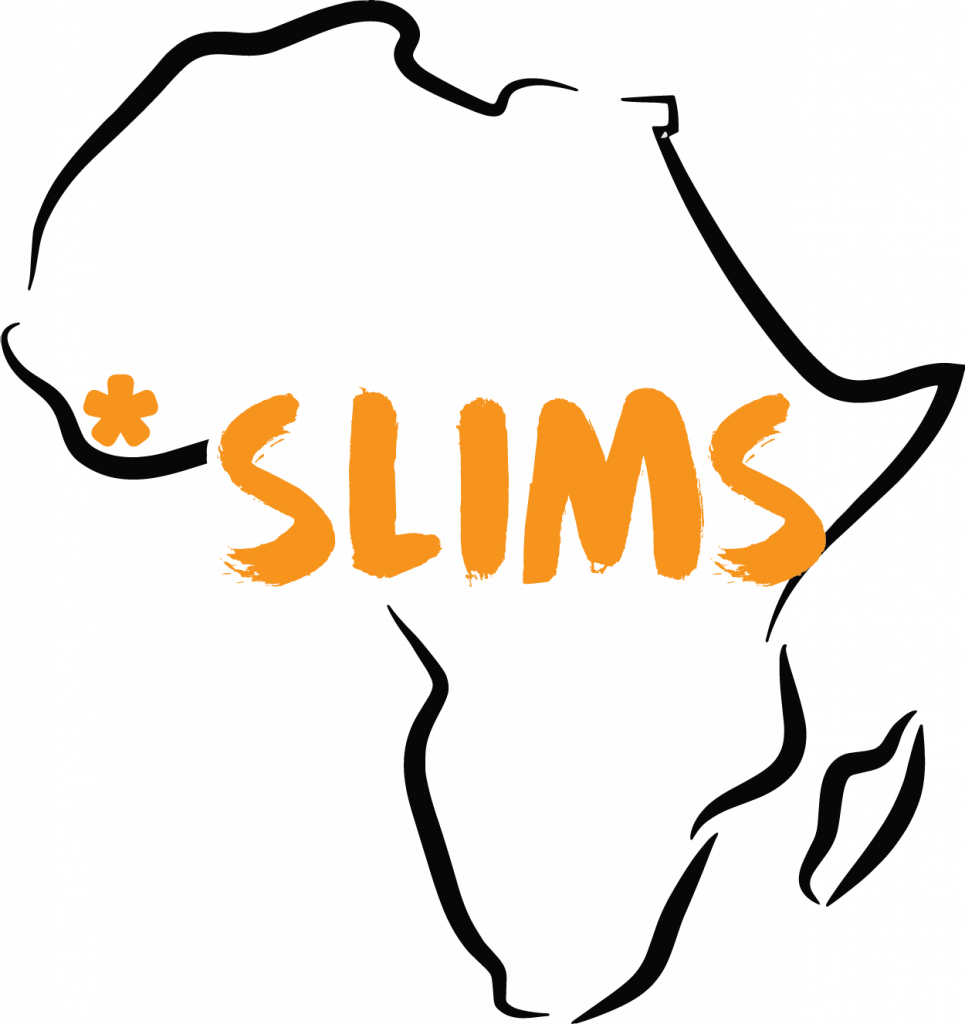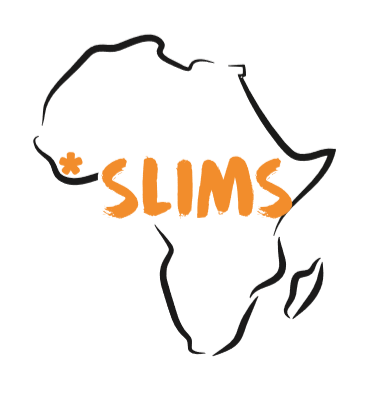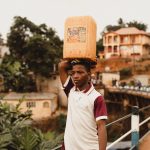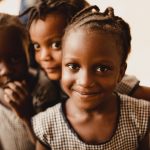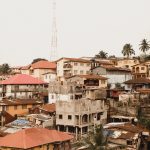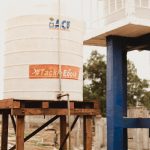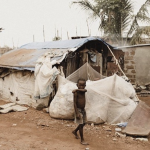Sierra Leone, West Africa
8th
Poverty Index
Sierra Leone ranks as the 8th poorest country in the world with 72% of the population living on less than $1 a day.
#1
Maternal Mortality
Sierra Leone is ranked #1 in the World for Maternal Mortality
#114
Global Hunger Index
Sierra Leone ranks #114 out of #119 in the world on the Global Hunger Index.
41%
Adult Literacy
Sierra Leone's adult literacy rate is 41% in comparison to a global literacy rate of 80%
Known for its white-sand beaches lining the capital city of Freetown’s peninsula, Sierra Leone, officially the Republic of Sierra Leone, is a country on the coast of West Africa that is bordered by Guinea to the northeast, Liberia to the southeast, and the Atlantic Ocean to the southwest. Sierra Leone boasts a tropical climate and a diverse environment ranging from savanna to tropical rainforests and is home to just over 7 million people.
While Sierra Leone is currently ranked #39 out of 163 countries on the Global Peace Index, it hasn’t always been this way. A civil war, depicted in the 2006 film, Blood Diamond, broke out in 1991 and lasted for over 10 years. This war ravaged the peoples of Sierra Leone, obliterated the country’s infrastructure, and had particularly significant impacts on the children of Sierra Leone. The rebel army performed atrocities and destroyed villages, towns and lives in order to overtake the country’s diamond mines. The rebel army invaded villages, killing the adults, and capturing their children for soldiers, amputating their limbs as a strategy of intimidation and domination. The children were then branded, brainwashed, drugged with cocaine, given guns and told to kill as many people as they could. The pillaging effects of the civil war have left a still-devastated Sierra Leone; not only n its infrastructure, but also in its people. If you walk the streets of Freetown, many of the buildings that were damaged still lie in disrepair and have been abandoned. Countless teenage and young adult nationals suffer from the ramifications and mental impact of knowing what atrocities they committed as children. Drug abuse and mental illness are prevalent among these young people. Poverty continues to impact the overwhelming majority of people, with many people dying of very preventable causes (malaria, water-born illnesses, starvation, etc). As the country finally began to rebuild after the civil war, it was yet again struck by disaster. The Ebola outbreak that lasted from 2014-2016 had great impact on the country of Sierra Leone. The country had the highest number of reported Ebola cases and had the second-highest reported death toll. Once again, the country lost thousands of lives and children were once again left orphaned, alone, and left to try to break the chains of poverty that continued to hold so tightly to their country. The Ebola outbreak had great implications for the country: the economy once again plummeted, cases of preventable diseases spiked due to health clinics being closed and therefore unable to provide vaccines for community children, and once again, thousands of children left as orphans. Sierra Leone lost 7% of its healthcare workers from the Ebola outbreak, and many international aid organizations fled the country and have yet to return… but not SLIMS.